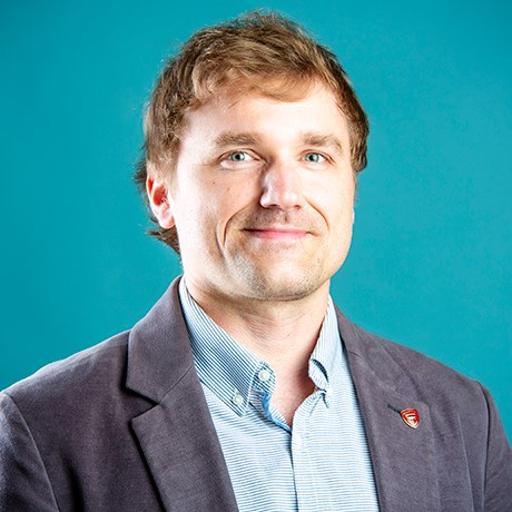
Marek B. Majewski, PhD
Thesis supervisor Seeking students
- Associate Professor, Chemistry and Biochemistry
Are you the profile owner?
Sign in to editThesis supervision details
Supervised programs: Chemistry (MSc), Nanoscience and Nanotechnology (MSc, MASc), Chemistry (PhD)
Research areas: Inorganic chemistry, solar energy conversion, artificial photosynthesis, photochemistry, photocatalysis, optical spectroscopy
Contact information
Email:
Website:
Biography
Education
Postdoctoral Fellow - Argonne-Northwestern Solar Energy Research Center and Northwestern University
PhD - The University of British Columbia
BSc - University of Saskatchewan
Research Interests
Inorganic chemistry, solar energy conversion, artificial photosynthesis, photochemistry, photocatalysis, optical spectroscopy
Teaching
Selected Publications
Most up-to-date publications list
Villanueva, F. Y.; Manioudakis, J.; Naccache, R.; Majewski, M. B. Carbon Dot Sensitized Photoanodes forVisible Light Driven Organic Transformations. ACS Appl. Nano. Mater. 2020, 3, 2756-2765. [DOI: 10.1021/acsanm.0c00094]


